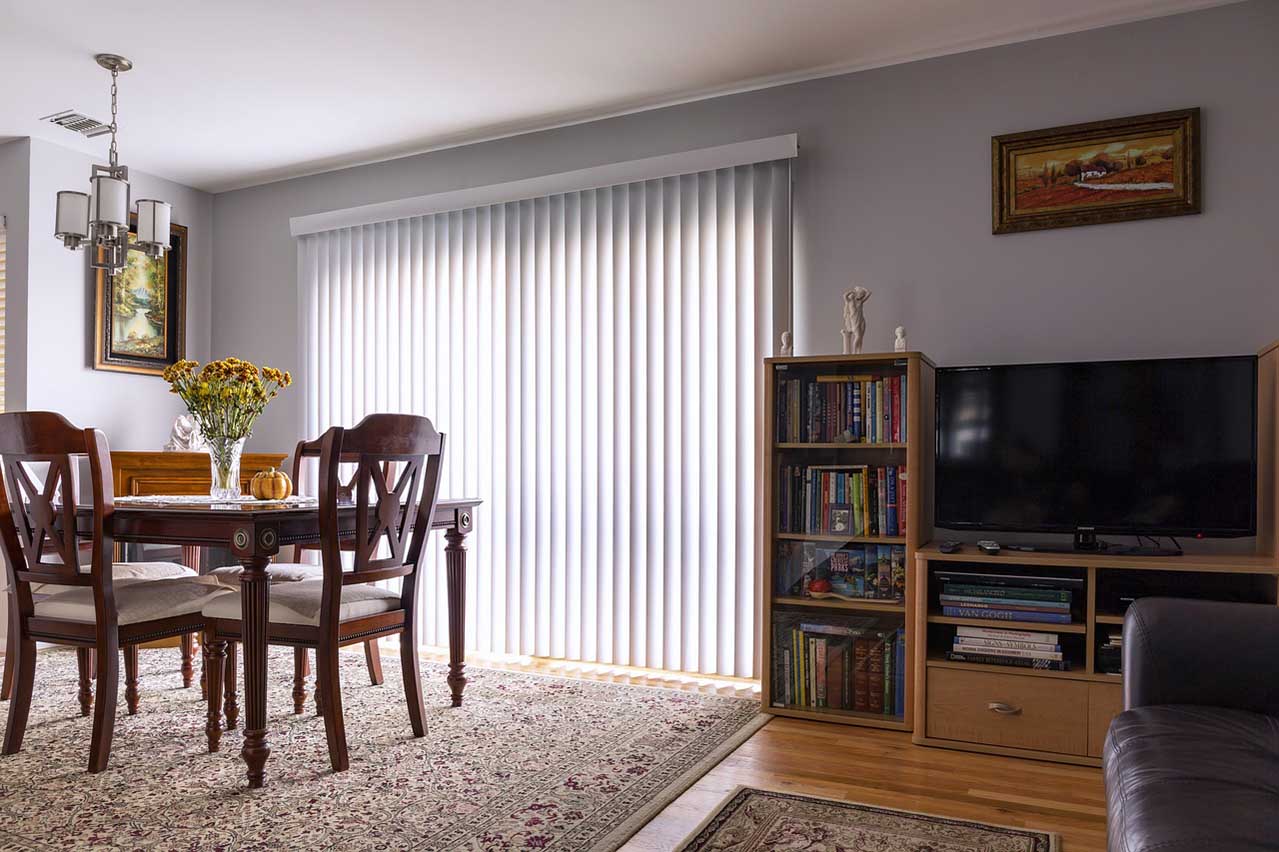What Are the Best Materials for Window Blinds?What Are the Best Materials for Window Blinds?, Guildford
Discover the top materials for window blinds and how each option can enhance your home's style and functionality.
Wood: Timeless Elegance and Warmth
Wood blinds are a classic choice known for their timeless elegance and natural warmth. Crafted from high-quality hardwoods like basswood, oak, or maple, wood blinds add a touch of sophistication to any room. Their smooth texture and attractive grain patterns create a luxurious look that complements both traditional and modern décor styles. Wood blinds offer excellent light control and insulation, helping to regulate indoor temperatures and reduce energy costs. With customizable options in stains and finishes, you can tailor wood blinds to match your interior color scheme and enhance the overall ambiance of your home. While wood blinds may require more maintenance than other materials, their beauty and durability make them a worthwhile investment for homeowners seeking both style and functionality.
Faux Wood: Durability and Moisture Resistance
For homeowners looking for the beauty of wood blinds with added durability and moisture resistance, faux wood blinds are an excellent alternative. Made from PVC or composite materials, faux wood blinds mimic the look of real wood while offering enhanced durability and moisture resistance. Faux wood blinds are ideal for high-humidity areas like kitchens, bathrooms, and laundry rooms, where moisture can warp or damage natural wood blinds. These blinds are also easy to clean and maintain, making them a practical choice for busy households. With their affordability and low-maintenance requirements, faux wood blinds provide a stylish and practical window treatment solution for any home. Experience the beauty and functionality of wood and faux wood blinds with Lucky Curtains & Blinds. Our expert team can help you find the perfect window treatments to enhance your home's style and functionality.

